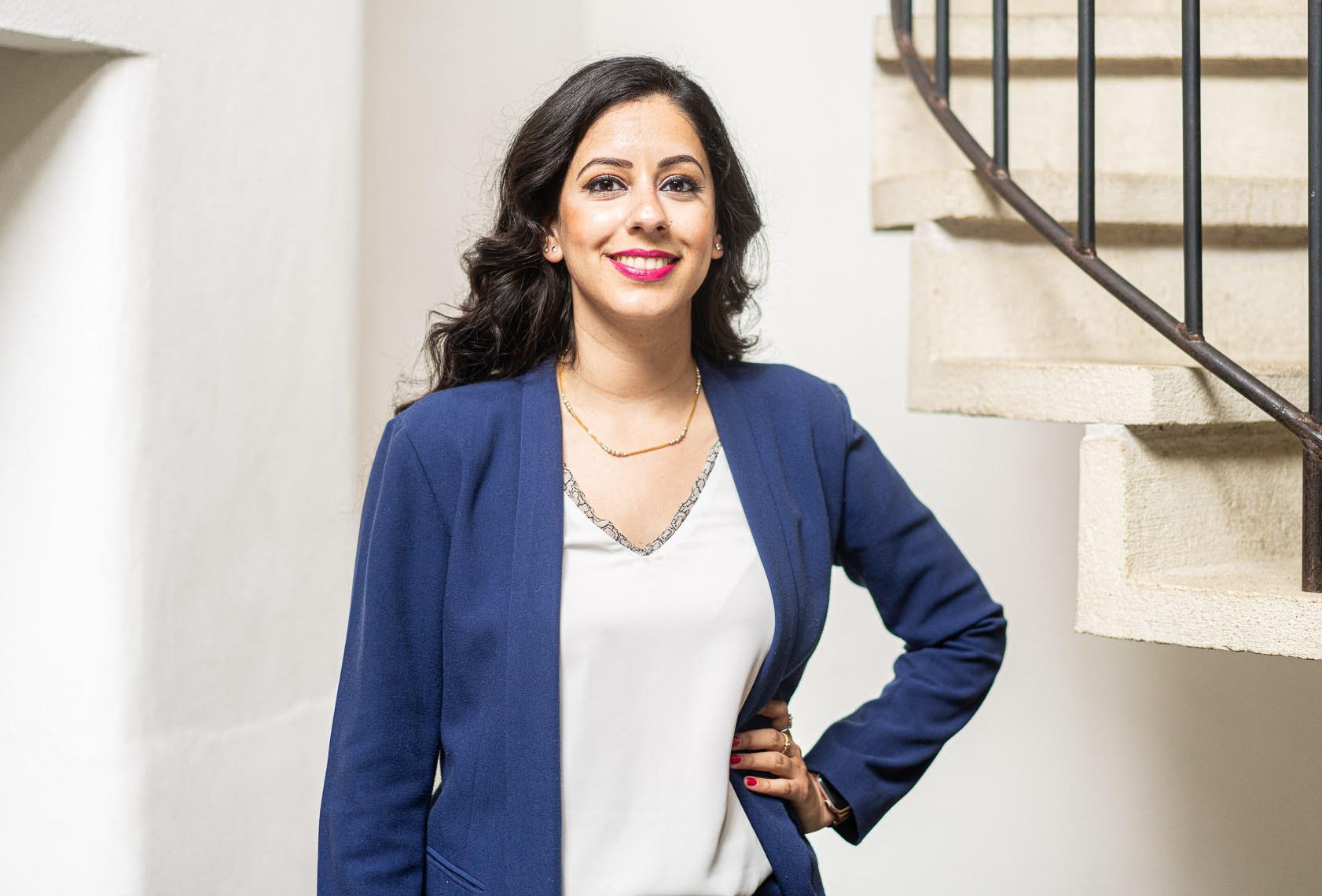The landlords sticking with the buy-to-let game
Charlotte Edwards is in the final stages of securing her eleventh buy-to-let property in three years. Business, she says, has never been better.
Her strategy is to buy former council homes or Victorian terraced houses in need of renovation and then to add as much value as possible. Three years ago she stopped buying properties because everything seemed overpriced, but she thinks the market has started to turn.
“Right now is a better time than ever to grow my portfolio,” said Edwards, 40, who is from Oswestry in Shropshire. “When there’s so many landlords leaving the market, that’s when the buying opportunities come up.”
Edwards is bucking the trend. Over the past eight years landlords have sold more homes than they have bought. There were 44 per cent fewer homes available to rent in Britain in May than there were in the same month of 2016, according to the estate agents Hamptons.
This year the market is forecast to lose a further 35,000 privately rented homes. The Office for National Statistics said that rents in England had soared 8.7 per cent over a year to an average of £1,301 a month in April.
Aneisha Beveridge, the head of research at Hamptons, said tax and regulatory changes have forced some landlords out of the market and put off new investors.
Higher mortgage costs have been painful too. Landlords who are remortgaging face an average fixed rate of 5.3 per cent for buy-to-lets today, up from 3.5 per cent in 2019, according to the comparison site Moneyfacts.
Monthly repayments on a 25-year £250,000 mortgage would be about £1,500, up from £1,250, which is an extra £3,000 a year. Although many landlords get interest-only mortgages, the higher costs mean that many still do not pass the affordability tests needed to get a mortgage.
Despite this, research by Paragon Bank found that 37 per cent of portfolio landlords (those with four or more properties) plan to buy more this year because of strong demand for rentals or to provide retirement income. So, how are those landlords who are expanding their empires making it work? We ask three investors for their tips.

Edwards became a buy-to-let investor in 2021. After losing her brother and father to cancer two years earlier, she was left in debt for her father’s treatment. She quit her job in communications to look after the family construction business but found herself without an income.
“I had £50,000 saved in the bank but no wage so I had to think how I could create a regular income,” said Edwards, whose daughter, Florence, is nine. “I started reading up about how to invest in properties, searched on Instagram for different strategies and talked to investors who were doing it.”
Her research led her to a classic strategy referred to as BRRR: buy, refurbish, refinance and rent out. Edwards targets run-down properties that she believes are undervalued and spends up to £25,000 on renovations before letting them out.
• A complete guide to buy-to-let
The properties are then remortgaged at their new higher valuation, allowing Edwards to release equity and get most of her deposit back. She aims to add 20 per cent to a property’s value after a refurbishment.
Focusing on towns in Shropshire and just across the Welsh border into Wrexham, Edwards bought three properties with bridging finance (a type of short-term loan) and two more using a combination of standard buy-to-let mortgages and equity released from other properties in her portfolio. The rest were built through her construction company using development loans.
Edwards paid £200,000 for her latest buy-to-let, a three-bedroom Victorian mid-terrace in Shropshire, which she plans to convert into a five-bedroom house of multiple occupancy (HMO). She hopes it will generate rent of £2,500 a month.
“Most of my tenants are immigrants who have come here to work on a five-year visa, so I know they want to live in the property for five years,” she said.
“Quite often they work for the NHS so have already had all their background checks done. I find them to be the best type of tenant. They are keen to build up a good credit record here so they always pay on time. But they tell me they struggle to find somewhere to rent because a lot of landlords are prejudiced towards them.”
Edwards makes a profit of about £5,000 a month and said that her buy-to-let business has changed her life. “I’m a single mum with a job I enjoy and one I choose to do. I’m so passionate about telling other women how they can be financially independent.”

While most buyers would run for the hills from major structural defects, this is exactly what Thomas Balogun is looking for. He chooses homes with subsidence or roof issues and which he can often buy at a huge discount at auction. “I look for those with a substantially lower market value than other properties, and then I make them worth substantially more,” said Balogun, 41, from Essex.
Balogun gets quotes from multiple building firms to price up the work needed. He also budgets for extensions because he wants to be able to add bedrooms so he can charge higher rent. From there, he works out whether he is likely to make enough of a profit to make the project worthwhile and allow him to comfortably cover the mortgage.
• It no longer pays to be a landlord. Here’s the proof
Borrowing costs have been the biggest challenge recently, he said. “When it’s time for landlords to start remortgaging their properties they are finding that the rent they’re charging doesn’t cover the mortgage payment any more.”
Balogun usually gets bridging loans and aims to switch to standard mortgages within nine months when the work is complete and the property value has increased. Daryl Norkett, the head of real estate at Shawbrook Bank, said this is a popular way for landlords to expand their portfolios.

A raft of changes to tax rules made it harder for landlords to make a profit. Buy-to-let owners used to be able to offset all the interest they paid on their mortgage from the rental income before paying tax on it, but they can now claim only 20 per cent tax relief on their finance costs.
The rules are more favourable if you own a property through a limited company because you will be liable for corporation tax instead of income tax and can deduct your mortgage interest and finance costs from rents received before you work out your tax bill. You will also be subject to more lenient affordability checks from lenders and be able to get bigger loans.
Paragon Bank said that the proportion of property bought through limited companies has gone from 4 per cent in 2014 to 79 per cent in 2023, and to 82 per cent so far this year.
Davinder Sanghera, 36, bought her first buy-to-let in 2016, when she was still working full-time as a trader. Two years on, she became a professional landlord after taking a training course and set up a limited company to benefit from the better tax rules.
“My HMOs were all bought in a limited company,” Sanghera said. “So I can deduct all the mortgage interest from the rent I get before my tax is calculated. This isn’t the case when you buy investment properties in your own name.”
• Compare mortgage deals
Sanghera buys two and three-bedroom terraced houses in the West Midlands, near hospitals or universities in towns where she finds property is affordable. She prefers houses that can be extended on the ground floor or into the loft to create extra rooms, making them HMOs. She then rents them out to individual tenants.
Sanghera, who lives in south Manchester with her partner Chris Ribeiro, 34, and their four-month-old daughter Inaya, used to earn between £1,000 and £1,500 a month on each of her seven properties after tax. But with the cheap mortgage deals expiring on two of her homes, they are now making her about £800 a month.
She still plans to add more to her portfolio in a few years when her daughter is older and she has more time.




Post Comment